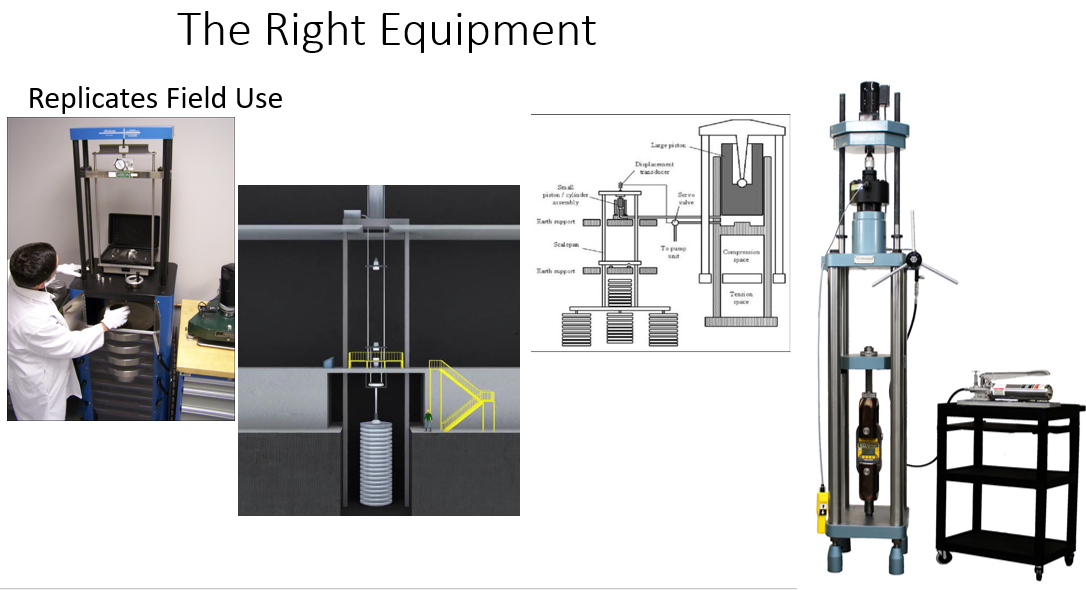Force is a fundamental concept in physics, playing a pivotal role in our understanding of motion, energy, and the interactions between objects. Measuring force accurately is crucial in various scientific and engineering applications, from designing buildings to studying celestial mechanics. This article delves into a selection of tools commonly employed to quantify force, elucidating their operational principles and applications, while also reflecting on the fascination that the measurement of force inspires in both scientific inquiry and practical implementation.
1. **Spring Scales**
Spring scales, or spring balances, utilize Hooke’s Law, which states that the force exerted by a spring is directly proportional to the displacement from its rest position, to measure force. Typically constructed with a calibrated scale and a spring, the amount of weight applied to the spring results in an elongation that can be read on the scale. These scales are widely used in educational settings due to their simplicity and ease of use, not to mention their ability to provide immediate feedback on the force applied. Despite their accessibility, spring scales can yield inaccuracies if not properly calibrated or if external conditions, such as temperature, fluctuate significantly.
2. **Force Sensors**
Force sensors, commonly referred to as load cells, are integral in industrial and commercial applications. These transducers convert force into an electrical signal, making them suitable for dynamic measurements. Load cells use various mechanisms, including strain gauges, piezoelectric crystals, and hydraulic systems, to convert mechanical force into quantifiable electrical output. Their versatility allows for implementation in weighing scales, machinery monitoring, and even robotics, where precision is paramount. The fascination surrounding these sensors lies in their ability to range from micro-scale measurements in research laboratories to handling immense weights in industrial environments, showcasing their adaptability and precision.
3. **Dynamometers**
A dynamometer measures force, torque, or power in engines or mechanical systems. Different types of dynamometers exist, including absorption, transmission, and eddy current dynamometers, each serving unique applications. For example, absorption dynamometers are often employed in automotive testing, providing critical data on engine performance through torque measurements. The underlying principle often involves the conversion of rotational force to linear force, which can then be quantitatively analyzed. The dynamometer’s capability to evaluate efficiency and performance epitomizes a profound aspect of physics—the conversion of various forms of energy into measurable output.
4. **Tension Gauges**
Tension gauges are specialized tools designed specifically for measuring tensile force. These instruments are pivotal when assessing the force required to stretch a material. They typically consist of a calibrated scale and a mechanism to apply force, such as a hook or a clamp. Engineers frequently use tension gauges in material testing to determine the tensile strength of various substances, from metals to textiles. The calculations derived from such measurements can inform material selection and structural design, emphasizing the practicality and importance of accurate force measurement in engineering disciplines.
5. **Force Plates**
Force plates are sophisticated devices employed primarily in biomechanics to measure the forces exerted by a body in contact with the ground. These platforms are equipped with multiple force sensors that capture vertical, horizontal, and lateral forces during activities such as walking, running, or jumping. The data collected from force plates can provide invaluable insights into gait analysis, rehabilitation strategies, and athletic performance. This intersection of force measurement and health sciences illustrates the broader implications of such technologies, highlighting their role in enhancing human performance and understanding physical capabilities.
6. **Pressure Sensors**
While primarily designed to measure pressure, pressure sensors can also be employed to infer force measurements in certain contexts, such as in hydraulic systems or within pneumatic actuators. The force exerted by a fluid can be calculated through the measurement of pressure and the area over which that pressure is applied (force = pressure × area). These sensors are ubiquitous in various engineering applications, including aerospace and automotive industries, emphasizing the intricate relationships between different physical quantities and the sophisticated methodologies employed to derive meaningful data.
7. **Seismic Sensors**
Seismic sensors measure ground motion and are integral in geophysics and seismology, particularly in assessing the forces exerted by earthquakes. These sensors often utilize mass-spring systems or accelerometers to detect vibrations and convert this mechanical motion into electrical signals. The data obtained through seismic sensors not only helps in understanding geological processes but also informs the engineering of structures designed to withstand seismic forces. The complexity and diversity of interpretation from seismic data further illustrate the multifaceted nature of force measurement.
8. **Friction Measurement Devices**
Frictional force is an essential component of many systems, and measuring it accurately can be challenging yet crucial. Devices like the tribometer specifically assess friction between surfaces under various conditions. The fascination with these devices lies in their ability to reveal the nuanced interactions between materials, which often govern the efficiency and safety of mechanical systems. By understanding frictional forces, engineers can design components that optimize performance while minimizing wear and potential failure.
In conclusion, the tools used to measure force encompass a diverse range of instruments, each contributing uniquely to our understanding of physical interactions. From simple spring scales used in educational contexts to sophisticated load cells and dynamometers in industrial applications, the measurement of force serves as a gateway to unraveling the complexities of the physical world. The profound implications of these measurements extend beyond academic interest, impacting engineering practices, biomechanics, and even the study of natural phenomena. The fascination with force measurement lies in its foundational role in science and its ability to connect theoretical concepts with practical applications, driving innovation and inquiry across multiple disciplines.










